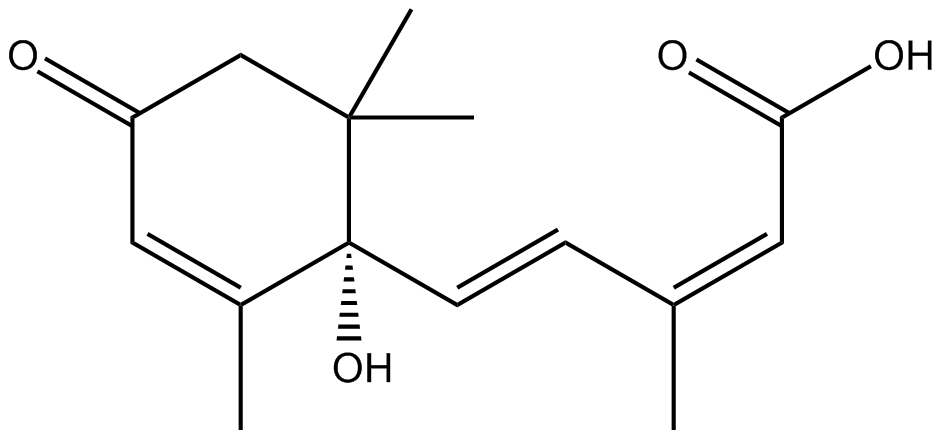Abscisic Acid
Abscisic acid (ABA) is a plant hormone (C15H20). ABA is weak acid that generally acts to limit development, induces dormancy. It helps the plant tolerate stressful conditions by closing stomata. The name of abscisic acid came from a theory that the hormone produced fall abscission—shedding—of leaves from deciduous trees.
Frederick Addicott and colleagues originally found and described abscisic acid in 1963. ABA’s molecular structure was established in 1965, then formally known as abscisic acid in 1967.
ABA is produced in the terminal bud at times when a plant must slow down development and adopt a resting (dormant) state. This helps to direct the leaf primordia to develop scales protecting the dormant bud throughout winter. Winter puts both primary and secondary growth on wait since the hormone also prevents cell division in the vascular cambium.
This hormone also serves as a stress reliever enabling a plant to cope with unfavorable surroundings. When a plant starts to wither, AVA, for instance, collects on leaves and forces stomata to close, therefore minimizing the water loss.





